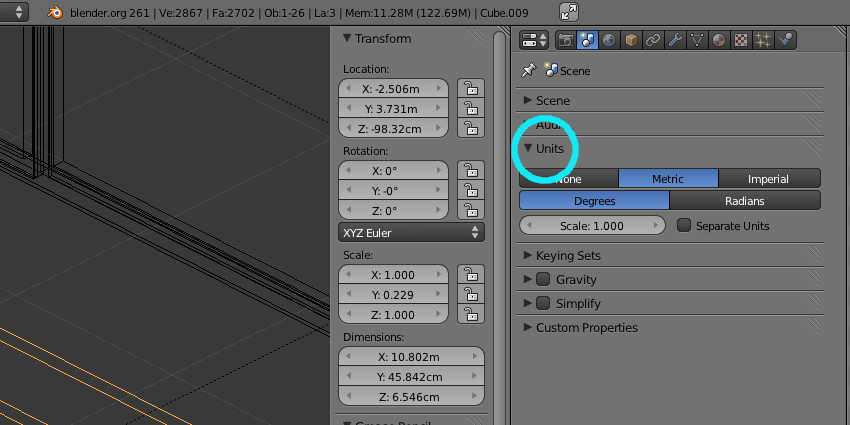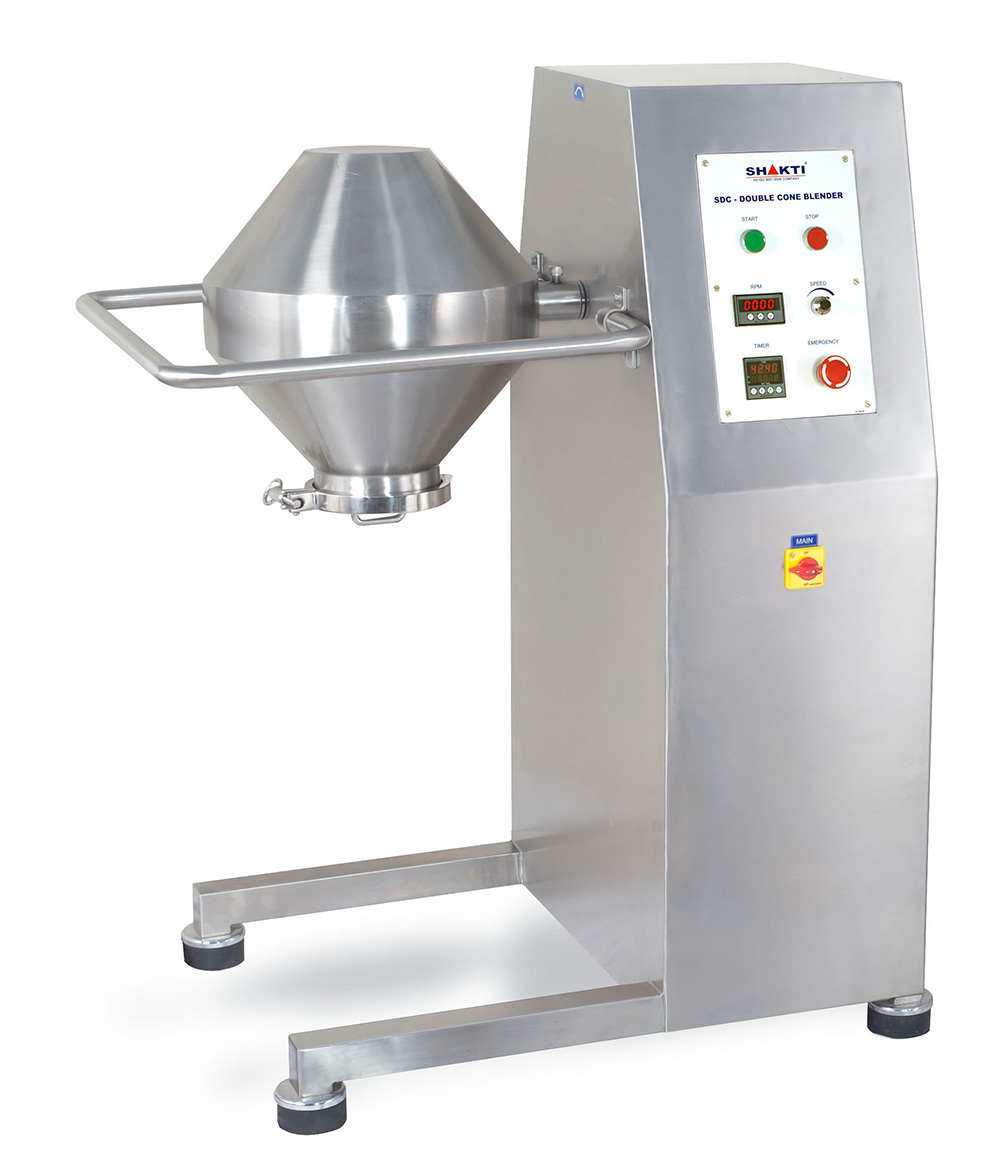

Likewise, I started a similar daily challenge last year for the month of September (we called it Sculptember). In the Blender community, the Sculpt January event has gotten pretty popular they do a sculpting challenge every day for the month of January. You can even find groups of people who challenge themselves in these daily challenges and share their work on the web. One way that you can really accelerate your sculpting skill level is with daily challenges. That said, there are a number of great references and tutorials on the web to help you get started after that.Īlso remember that sculpting is like most arts-you get better the more you do it. I recommend that you play around with the sculpt brushes a bit to get a feel for how they work before you go seeking additional instruction. And the little bit covered in this article barely scratches the surface. It's even more comfortable if you're working with a drawing tablet, like those from Wacom. Sculpting is a more comfortable method of working with 3D models, especially for any models that are organic or have intricate details. With Dyntopo enabled, all of the sculpting brushes (except for the Grab and Rotate brushes) will add, remove, or otherwise dynamically reconfigure the topology of your mesh as you work. Next, left-click and drag your sculpt brush over the cube. Click that button and make with the enabling. Expand that panel to see a big button at the top labeled Enable Dyntopo. Back in the Tool Shelf, scroll down to a panel that's labeled Dyntopo (short for "dynamic topology"). That certainly has its uses, but on a basic cube, it's not particularly interesting. That's because the default behavior for sculpting in Blender is that brushes manipulate the existing vertices in your mesh that are already there. You could try to sculpt on your cube now (left-click and drag your sculpt brush over the cube in the 3D View), but the results are going to be pretty lackluster. That should be the brush that Blender gives you by default. For this example, make sure you're using the SculptDraw brush. On the 3D View's Tool Shelf ( T), the Tools tab gives you the ability to switch between the different types of sculpting brushes that Blender offers and tweak the settings for each one as you work. You should see a red circle around your mouse cursor. With the cube selected, use the mode selection menu in the 3D View's header to switch into Sculpt mode. All of this is because of a technique known as 3D sculpting, and Blender has it built-in.Īs a quick example, take Blender's default scene, the one with the lonely little cube sitting in empty space.

That's not so much the case anymore, at least not while creating our models for 3D printing. We used to have to care about the location of each vertex in a mesh and how those vertices connect to form edges and faces (also known as the mesh's topology). In the past 10 years, the process of 3D modeling has evolved from a structural approach to techniques that are far more intuitive. For now, though, let's get into those advanced tools. Despite the power of the advanced tools, a few standard modeling techniques are still necessary to prepare your model for print. Of course, being comfortable with the base set of modeling tools is still valuable.
#Blender print to scale crack
However, once you crack the seal on some of Blender's more advanced tools, a whole world of possibilities opens in front of you. Incredible models are created every day by pushing around vertices and using simple operations such as Extrude ( E), Knife ( K), and Loop Cut ( Ctrl + R). Modeling toolsīlender's standard mesh modeling tools in Edit mode are powerful in their own right. If more precise tooling is necessary after that, you'll at least have a physical object you can reference when building it with CAD. In the context of 3D printing and rapid prototyping, Blender is best suited for quickly getting your ideas in a format that can be printed so you can get a sense of how the "real thing" might look and feel. That said, a lot of consumer-level 3D printers don't have that level of precision, either. Blender simply doesn't have a lot of the precision features that CAD operators expect to see. Rather, its primary purpose is to serve as an artist's tool.

Before getting started, I should emphasize that Blender is not a CAD (Computer-Aided Design) tool. In Part 2, I'll examine the process for actually creating those models that you want to print.
#Blender print to scale series
In Part 1 of my series on getting started with 3D printing in Blender, I covered basic preliminary steps for getting your Blender environment set up for creating your own 3D models, ready to be 3D printed.


 0 kommentar(er)
0 kommentar(er)
